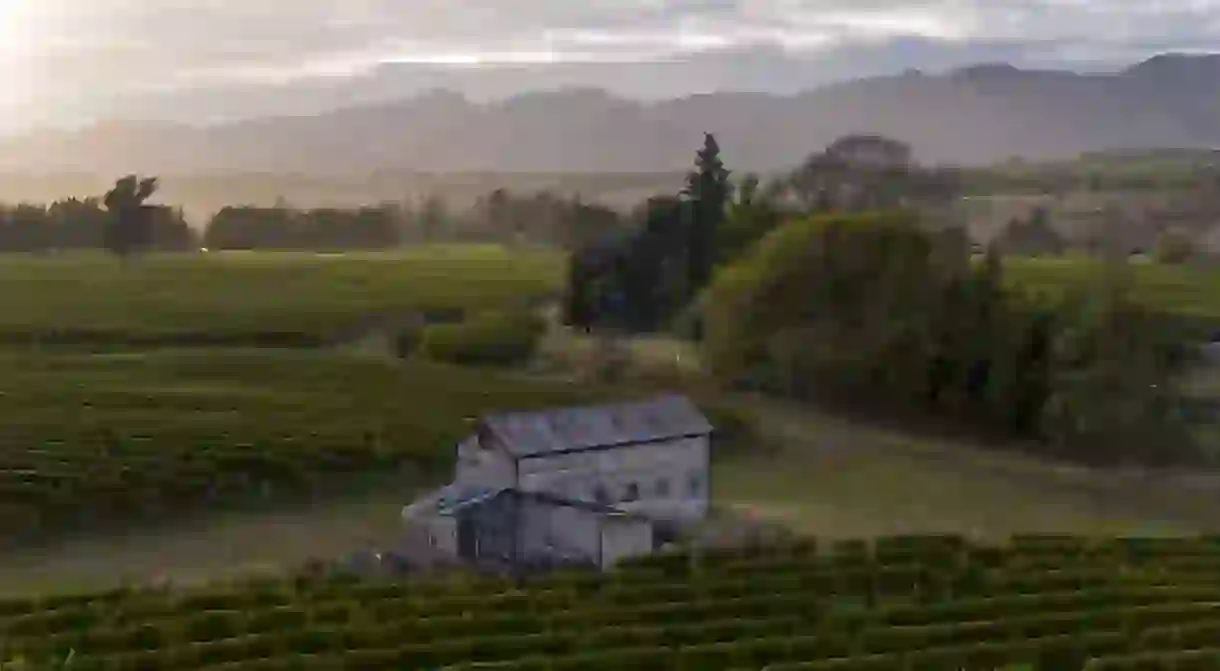A Window Into the World of Marlborough’s Winemaking Industry

New Zealand’s most awarded winery Villa Maria is a household name. If you haven’t tasted its Sauvignon Blanc or Chardonnay, then you’ve definitely seen it lining the supermarket shelves – from your local corner store to, well, that of most other countries around the globe. But do you know what the process looks like? Marlborough’s regional viticulturist, Stuart Dudley, lets us in on the process.
Forty years on from setting up their first winery in Auckland, it was in 2000 that Villa Maria opened their Marlborough winery in response to the growing popularity of Sauvignon Blanc from the region. Its verdant landscape, extensive glacial braided river system and climate paved the way for a range of grape varieties to flourish yielding world-class tipples. Among these Sauvignon Blanc, most famously, along with Pinot Noir, Chardonnay, Pinot Gris, Riesling and some small volumes of other aromatic whites.

Recognised as New Zealand’s sunniest region with over 2,400 hours of glorious rays a year, its climate rivals that of Villa Maria’s others plots – in Hawkes Bay, Gisborne and Auckland – which produce wines like Cabernet Sauvignon and Merlot. Although, as is always the case, the weather can be unpredictable, and things aren’t often smooth sailing. “We are always so dependent on the weather, and poor conditions can create some difficult moments, which can certainly raise the stress levels,” explains Stuart Dudley. “Thankfully, there aren’t too many lows, but the hardest part is the time away from family and friends. It’s all-encompassing for five to six weeks, so can be a bit taxing.”

While this harvest period, known as ‘vintage’, might be the most crucial stage, it’s a large annual cycle of production, as Stuart explains: “We start in autumn, post-harvest, by pruning the vines back to set them up for the coming season. From spring onwards, we are tending the vines, protecting them from frost, pest and disease, managing nutrition and water levels. There are so many tiny parts to the process that happen long before we even get to vintage, all of which combine to hopefully create some great wine.”

A narrative that we all know so well, Stuart chalks up his work satisfaction to collaborating with a “great bunch of people, who love the crazy hours,” and crucially when it comes to being a viticulturist, those who have the same drive to create great wine. What such wine looks like is subjective, according to Stuart: “A good wine has both a sense of place and some vintage definition. Wines with personality are always the most interesting.”

To dig further into this process, Vintage will be available on Amazon Prime from 27th February 2020.













